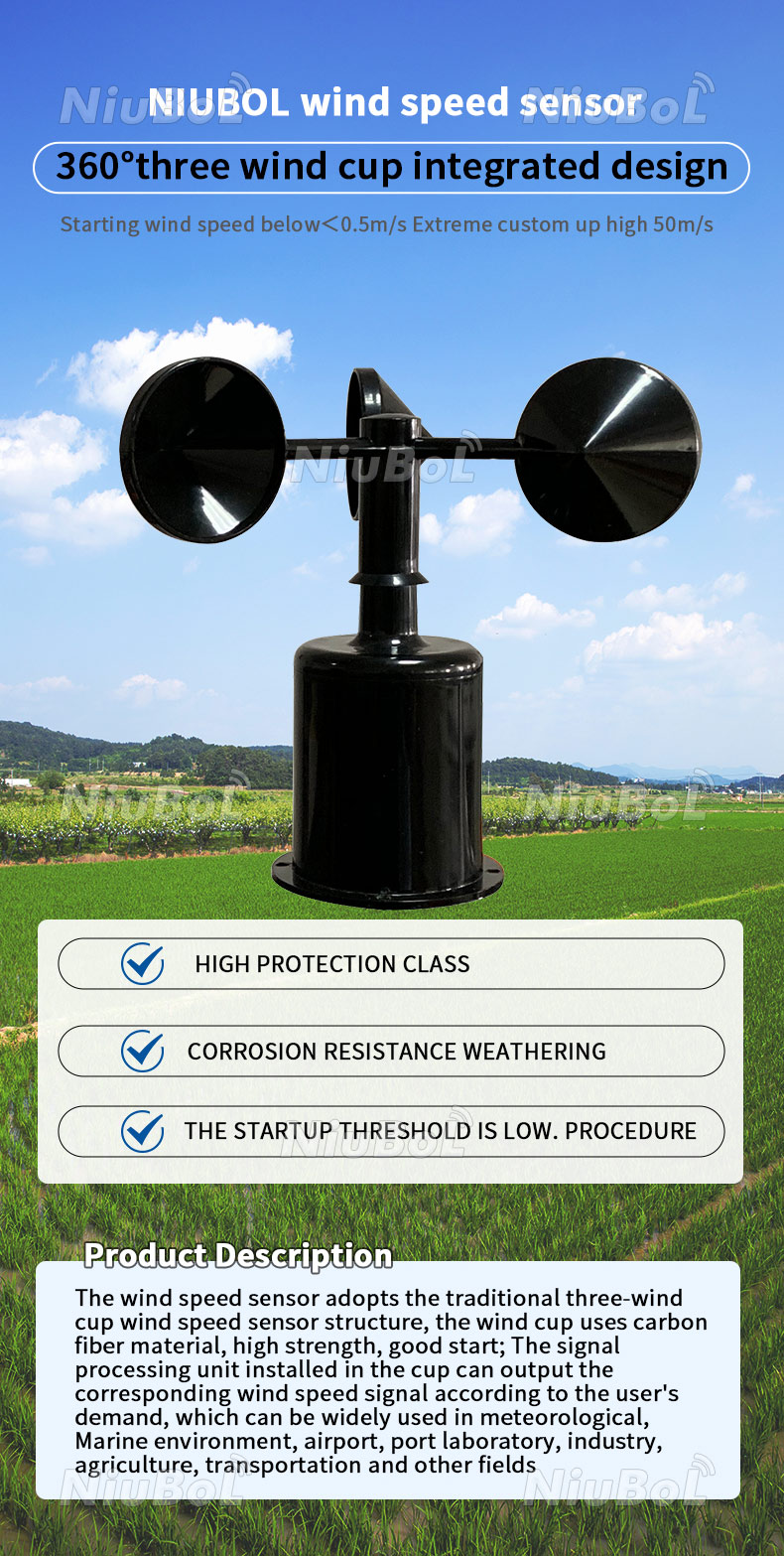Contrasting Digital and Mechanical Anemometers: Which is Right for You?
Contrasting Digital and Mechanical Anemometers: Which is Right for You?
Blog Article
All You Required to Understand About Anemometers: How They Function, Why They Issue, and Where to Use Them
Anemometers, though typically neglected in the world of scientific tools, play a critical function in numerous fields, supplying important understandings into wind speed and air movement patterns. Recognizing the technicians behind these devices is essential for any individual looking for to harness the power of this information. From meteorologists tracking climate patterns to designers making structures with wind tons in mind, the applications of anemometers are far-reaching and diverse. As we dig right into the intricacies of anemometer innovation, we will uncover the inner operations of these gadgets, their relevance, and the vital factors to consider when selecting the right anemometer for particular applications.

Anemometer Essentials
An important instrument used to determine wind speed and instructions, the anemometer plays a vital function in weather forecasting and numerous markets. An anemometer typically consists of three or 4 cups that revolve in the wind, a vane that aims right into the wind, and sensing units to track the rotations or activities. By calculating the rotations or activities over a specific period, the anemometer can determine wind speed. The vane assists figure out wind direction by pointing right into the wind, supplying beneficial information for weather condition projecting, aviation, maritime procedures, environmental surveillance, and wind energy applications.
There are different kinds of anemometers available, including mug anemometers, vane anemometers, hot-wire anemometers, and sonic anemometers, each with its unique features and applications. Mug anemometers are commonly made use of for fundamental wind rate measurements, while vane anemometers are preferred for directional measurements.
Concepts of Anemometer Procedure
Structure on the fundamental understanding of anemometer fundamentals, the concepts of anemometer procedure clarify the mechanics behind wind rate and direction measurements. Anemometers operate on the concept of air flow impacting a sensing unit, causing it to rotate. Cup anemometers, for example, have three or even more cups that catch the wind, triggering them to spin much faster as the wind speed boosts. The rotation rate is then converted into a wind speed dimension. Vane anemometers, on the various other hand, utilize a tail or a probe that straightens itself with the wind instructions, providing a measurement of wind instructions based upon the alignment of the sensor. Hot-wire anemometers count on a warmed cord that cools down as wind overlooks it, with the price of cooling down establishing the wind rate. Ultrasonic anemometers procedure wind speed and direction by examining the moment it takes for ultrasonic signals to travel in between transducers. Comprehending these principles is vital for exact and trustworthy wind measurements in numerous applications.
Relevance of Anemometers
The relevance of anemometers in meteorology and numerous markets can not be overstated. Anemometers play a vital role in gauging wind speed and instructions, providing necessary data for climate forecasting, environment studies, environmental surveillance, and aviation procedures. Meteorologists depend on anemometers to collect accurate wind data, aiding them understand weather condition patterns, predict storms, and concern timely cautions to the public. In sectors such as construction, farming, renewable power, and maritime operations, anemometers are made use of to optimize procedures, guarantee safety, and boost efficiency. As an example, wind ranch operators utilize anemometers to evaluate wind conditions and optimize electrical power production from wind generators. In the maritime industry, anemometers aid ship navigating by providing real-time wind information to captains, aiding them make educated choices to ensure risk-free voyages. Generally, anemometers are crucial devices that add significantly to safety, efficiency, and notified decision-making in meteorology and a large variety of markets.
Applications Across Various Industries
In the renewable energy industry, anemometers play a crucial function in examining wind conditions for wind ranch positionings, ensuring ideal power production. Industries like construction and mining use anemometers to check wind speeds, essential for security procedures, particularly when functioning at elevations or in open-pit mines where solid winds can Get More Information present dangers. In click here to read agriculture, anemometers assist farmers in managing crop splashing by providing real-time data on wind speed to avoid drift.

Selecting the Right Anemometer for Your Demands
Selecting the suitable anemometer customized to your details requirements is necessary for getting precise wind rate and instructions dimensions. When picking an anemometer, consider elements such as the designated application, called for measurement variety, environmental conditions, and desired functions. For general objectives, a cup anemometer is suitable for gauging wind speed, while a vane anemometer offers wind direction data. Hot-wire anemometers are suitable for low airspeed measurements, and ultrasonic anemometers provide high accuracy and toughness.

Conclusion
Finally, anemometers play a crucial duty in determining wind speed and instructions across numerous markets. Understanding the concepts of anemometer operation is crucial for choosing the right tool for certain needs. From weather forecasting to aviation, anemometers are essential tools for accumulating precise information and making sure safety in various applications. It is very important to consider the value of have a peek at these guys anemometers in order to make informed choices when choosing one of the most appropriate device for measuring wind conditions.
There are numerous types of anemometers readily available, including cup anemometers, vane anemometers, hot-wire anemometers, and sonic anemometers, each with its unique attributes and applications. Mug anemometers are typically made use of for basic wind rate dimensions, while vane anemometers are liked for directional dimensions. Hot-wire anemometers are suitable for reduced airspeeds, and sonic anemometers are suitable for high-precision dimensions in study and commercial setups.Building on the fundamental understanding of anemometer basics, the principles of anemometer procedure clarify the technicians behind wind rate and instructions dimensions. For basic objectives, a cup anemometer is suitable for determining wind speed, while a vane anemometer provides wind direction data.
Report this page